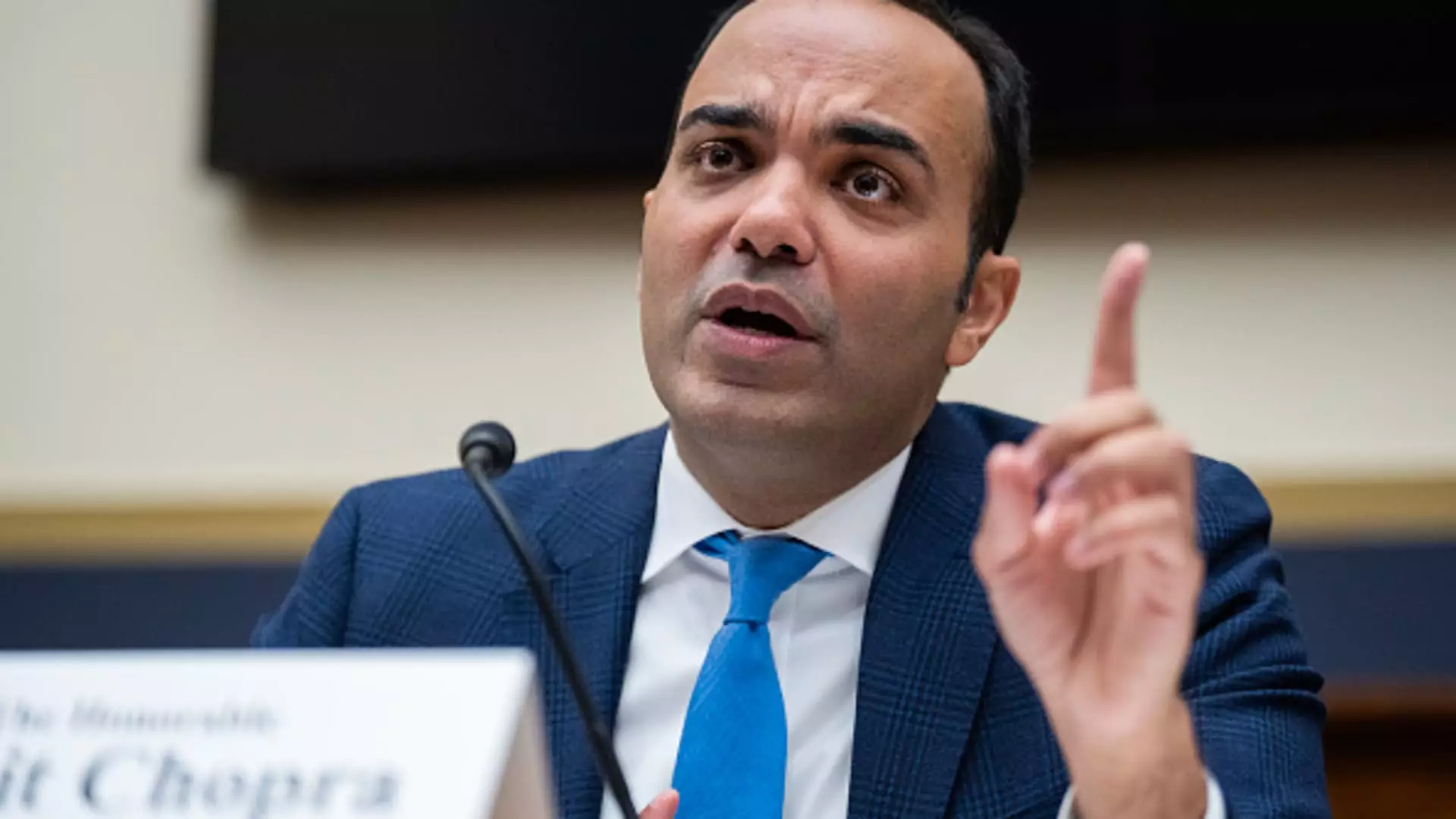The recent announcement from the Consumer Financial Protection Bureau (CFPB) regarding the finalization of rules aimed at curbing excessive overdraft fees charged by banks marks a significant shift in consumer financial protection. This regulation is set to save American consumers an estimated $5 billion annually, a substantial amount that can have a profound impact on financial health for countless individuals. As the CFPB outlines its limitations on overdraft fees, it is crucial to examine the potential ramifications of this decision, the motivations behind it, and the extensive pushback it may face from influential banking institutions.
The newly established guidelines significantly reduce the fees that banks can impose on customers for overdrafts. Previously, consumers faced average fees of around $35 per incident, which the CFPB now limits to a maximum of $5. Banks may also choose to impose fees that are necessary to recoup their actual costs associated with processing the overdraft or may charge any fee as long as they transparently disclose the interest rates involved. Such measures aim to create a more transparent and fair system for consumers who often find themselves in precarious financial situations due to unexpected expenses or insufficient funds.
CFPB Director Rohit Chopra criticized current banking practices, pointing out how large financial institutions have consistently leveraged loopholes to extract substantial fees from their customers. The move to restrict overdraft fees illustrates a broader strategy by the CFPB to eliminate what they categorize as “junk fees” that disproportionately affect low- and middle-income consumers. While there is an undeniable need for accountability in the financial sector, one must consider whether these new regulations will effectively serve the intended purpose or inadvertently create complications in access to necessary banking services.
Overdraft fees have historically represented a significant revenue stream for banks, with the CFPB noting that they generated approximately $280 billion since 2000. However, recent trends indicate that revenue from overdraft services is diminishing. Notably, major banks like JPMorgan Chase and Bank of America have begun revising their practices, either reducing fees or outright eliminating them in some cases.
The shift in behavior among these institutions suggests a growing awareness of consumer sentiment and the potential backlash against exorbitant fees. The CFPB’s decision may bolster these trends and provide further incentive for banks to prioritize transparent and equitable banking practices. Yet, critics argue that the reduced access to overdraft protection could push consumers toward predatory alternatives, like payday loans, which are notorious for their high-interest rates and exploitative terms.
The new regulation is not without contention; opposition is likely from banking lobbyists who argue that limiting overdraft fees could inadvertently harm consumers by restricting their access to critical funding during financial emergencies. The Consumer Bankers Association has already voiced intentions to challenge the CFPB’s decision, citing potential adverse consequences for consumers who may rely on overdraft services.
Furthermore, this regulatory move is occurring against a backdrop of broader opposition to the CFPB’s actions initiated by the Biden administration. With the appointment of a new CFPB leader expected in the near future, especially after Donald Trump’s recent electoral victory, the future of this regulation remains uncertain. Industry pushback could delay its implementation or negate its effects altogether, showcasing the tension between regulatory measures designed to protect consumers and the interests of powerful banking institutions.
As the CFPB aims to balance the need for consumer protection with ensuring accessible banking services through lower overdraft fees, the forthcoming years will undoubtedly see a contentious dialogue between regulators and the banking sector. While the regulation has the potential to safeguard consumers from exorbitant fees, it also raises essential questions about access to necessary financial resources. The effectiveness of these new rules will depend not only on their implementation but also on the response from the financial sector and consumers themselves. Ultimately, the ongoing challenge will be to create a banking environment that is both fair and accessible, ensuring that those who are most vulnerable are not unduly burdened while still retaining access to essential banking services.

